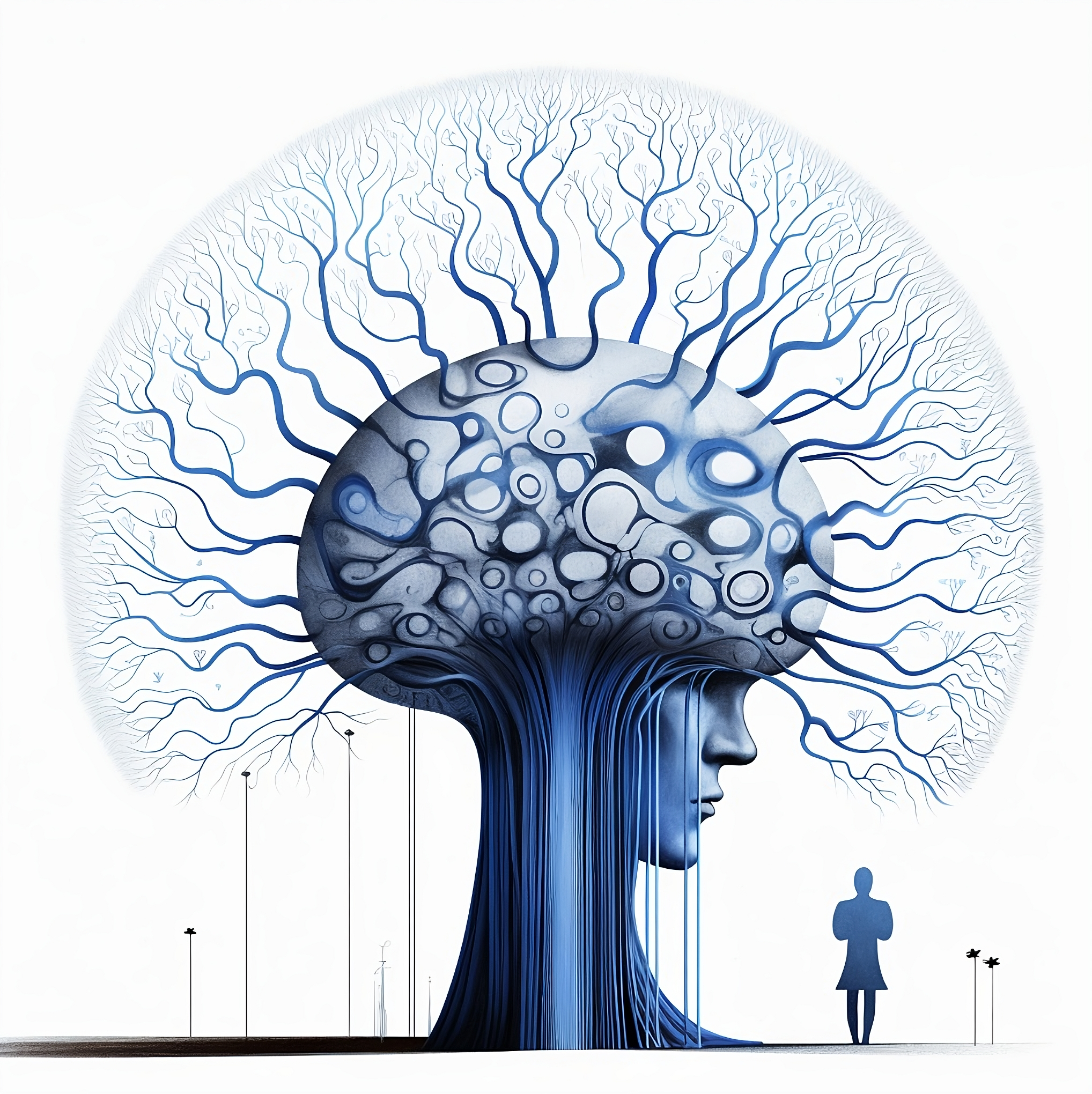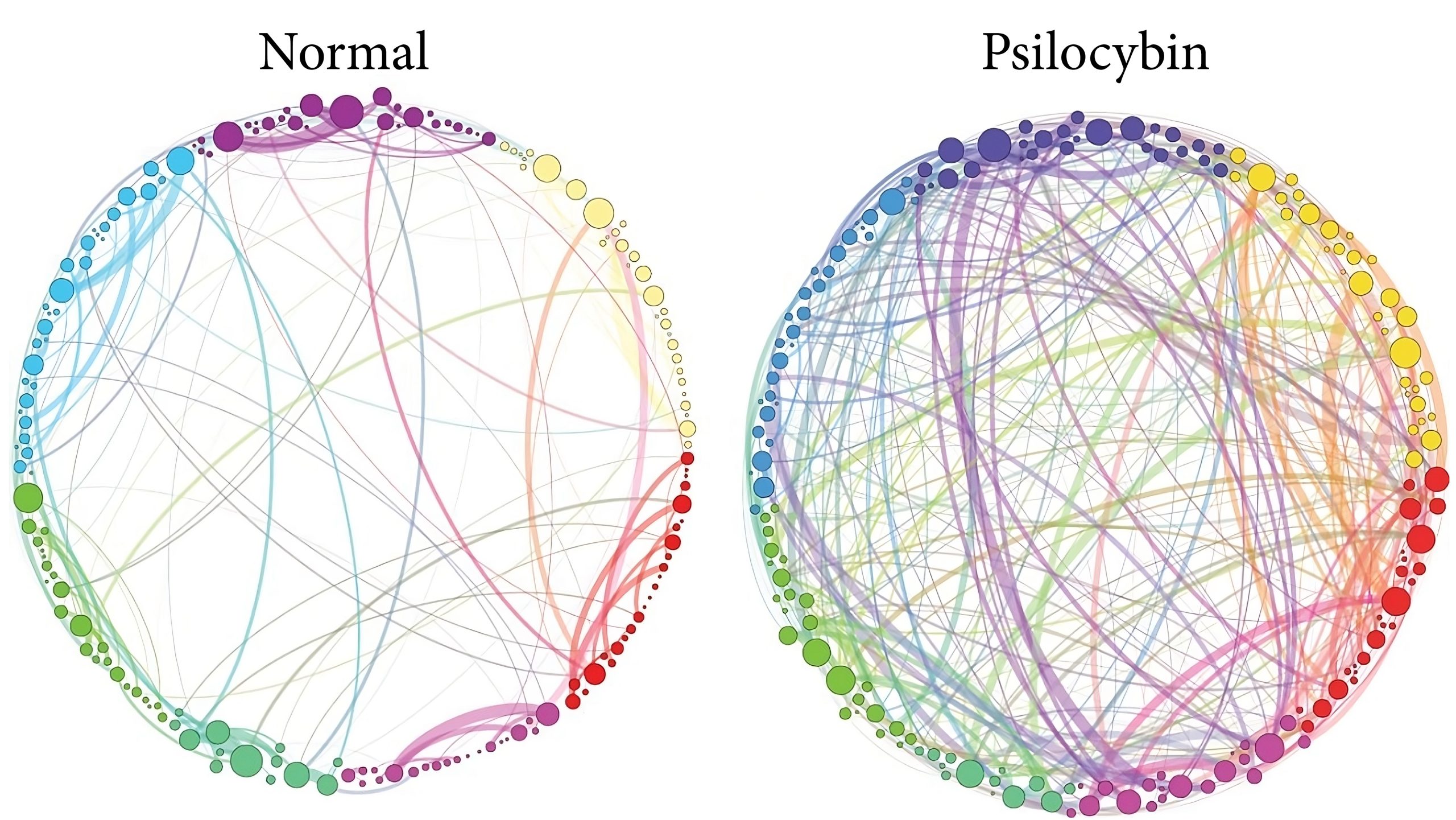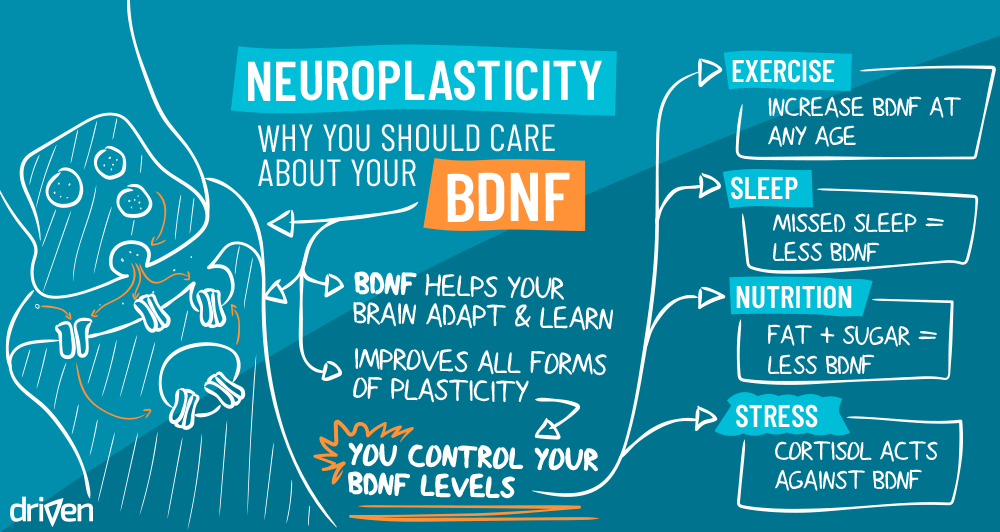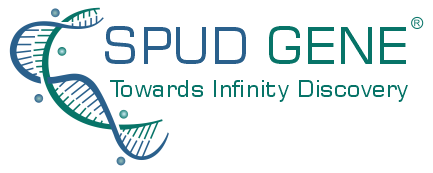

Home » Psychedelice » Psilocybin Microdosing
Introduction to Microdosing
While the experiences of consuming high doses of psilocybin-containing mushrooms have been extensively studied, recent research has focused on a specific therapeutic approach called microdosing. Microdosing involves the regular use of low doses (5 to 10% of the usual dose) of psychoactive (mind-altering) drugs.
Contents
Microdosing Psilocybin
Microdosing Psilocybin involves the use of low doses (100-300 milligrams of dried mushrooms, equivalent to 0.1 to 0.3 milligrams of pure psilocybin) at regular intervals (every 48 to 72 hours). The effects of psilocybin on the body are dose-dependent, and as the dosage increases, individuals may experience various effects. These effects range from a mild sedating sensation at lower doses to a profound mental journey at higher doses, including sensory blending such as seeing sounds, hearing colors, feeling unity with nature, and even the sensation of the soul leaving the body. After the substance is cleared from the body, these states return to normal. The amount of psilocybin used in the microdosing method does not cause alterations in the individual’s perceptual aspects and is devoid of hallucinogenic effects.
This article discusses the scientific aspects of microdosing psilocybin, its effects, research findings, and potential applications.
Scientific Findings on Microdosing
Microdosing is a popular method among psychoactive substance users. The Global Drug Survey conducted a survey in 2021 among 1 million participants from 11 countries, and the results showed that during that year, 16% of the participants used psilocybin in the form of magic mushrooms, with 22% of them choosing microdosing as their consumption method. Surveys indicate that individuals who use this method experience positive effects such as reduced anxiety, decreased depression, increased mood, and enhanced creativity as a result of microdosing.

Based on studies, it is believed that the therapeutic effects of psilocybin are mediated through increased communication between brain cells, resulting from the stimulation of cells to establish intercellular connections. It seems that this effect exists even at very low doses. Microdosing appears to be highly significant and appealing as it allows patients to benefit from the therapeutic advantages of psilocybin regardless of time and location, providing a milder treatment experience. Furthermore, if studies confirm the effectiveness of this therapeutic approach, it has the potential to reduce adverse effects.
Since individuals’ expectations can strongly influence their responses to a subject, it is important to examine a topic through a scientific approach called double-blind methodology. In this type of study, neither the participant nor the experimenter (treating physician) is aware of the type of drug used in the treatment. This method is employed to prevent bias in the results.
There have been limited double-blind studies in this field, and the current research on microdosing does not yield consistent results. For instance, a recent study published in Scientific Reports, an affiliated journal of Nature, conducted at the University of British Columbia, shows that microdosing psilocybin along with non-psychedelic Lion’s Mane mushroom extract and niacin has better effects in reducing the DASS index (an evaluation index for depression, anxiety, and stress) compared to microdosing psilocybin alone.
It is hypothesized that one of the pathways through which psilocybin and the active compound of Lion’s Mane mushroom (hericenones) affect the brain is by increasing the levels of brain-derived neurotrophic factor (BDNF), which may lead to a synergistic effect of these two substances on BDNF and enhance their efficacy. Additionally, this study revealed that the consumption of psilocybin along with niacin and hericenones has significant positive effects in individuals over the age of 55 compared to psilocybin alone in the same age group, which may be attributed to niacin’s effect on blood vessels, resulting in increased absorption and distribution of psilocybin and hericenones.
On the other hand, another double-blind study conducted in Argentina on 34 patients, investigating the short-term effects of daily consumption of 0.5 grams of dried psilocybin-containing mushroom (Cubensis) on mental experience, behavior, creativity (divergent and convergent thinking), perception, cognition, and brain activity (EEG), indicates that although the reported effects are significantly more pronounced for the drug compared to the placebo, this effect is only observed in participants who were able to accurately guess their group (drug or placebo). According to the findings of this study, although low doses of psilocybin mushrooms can lead to notable mental effects and alterations in EEG patterns, there is no evidence of a positive impact on general well-being, creativity, or cognitive performance in patients. Based on the results of this study, some of the benefits of microdosing with psilocybin mushrooms are attributed to individual expectations, rather than the actual drug effects. These findings have been published in the journal Nature Translational Psychiatry.

Conclusion
In conclusion, conventional dosing of psilocybin has demonstrated proven effects in improving patients with psychiatric disorders such as depression, obsessive-compulsive disorder, PTSD, and others. However, there is still no definitive conclusion regarding the effectiveness of microdosing psilocybin in treating mental disorders. Further studies are necessary to establish certainty regarding the efficacy of microdosing psilocybin in the treatment of psychiatric disorders.

